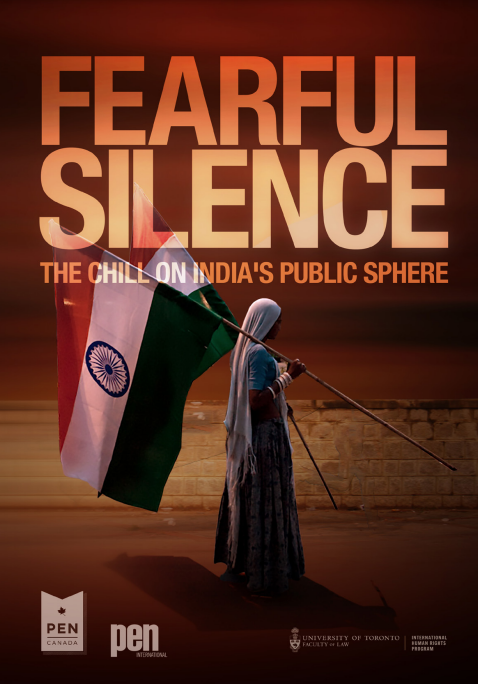Fearful Silence
A culture of intolerance has taken root in India and has grown more menacing since Narendra Modi became Prime Minister in May 2014. Dissent — whether political, religious, cultural, or social — now entails greater risks. A February 2016 New York Times editorial refers to a ‘lynch-mob mentality’1 within the country, and a local filmmaker speaks of an atmosphere in which ‘vigilantism has been given an implicit go-ahead.’2 Critics of the status quo are dismissed as ‘pseudo-secularist,’ ‘anti-national’ or ‘unpatriotic’ in order to make their viewpoints seem less relevant,3 and linguistic, religious and social minorities — which, given India’s size, often comprise tens of millions of people — face an increasingly hectoring public sphere. India’s political leadership, parliamentarians, and judiciary can no longer ignore the resulting chill on freedom of expression.
The pushback from civil society has taken different forms. Writers, journalists, artists and public intellectuals have done their best to call attention to the worsening climate for freedom of expression. Many have returned official awards as a protest against the ‘atmosphere of intolerance’4 that prompted the September 2015 lynching of a Muslim in Dadri,5 and the murders of rationalist M.M. Kalburgi 6 and communist politician and scholar, Govind Pansare.7 Others have taken their concerns to the courts. In February 2015 the Indian civil liberties non-governmental organization People’s Union of Civil Liberties (PUCL) filed public interest litigation (PIL) in the Madras High Court aimed at protecting authors from vexatious accusations. Some politicians have also reacted: Congress MP Shashi Tharoor introduced a private member’s Bill to restrict s.124A (sedition) in December 2015,8 although this had made no progress by the time of this report’s publication. The Bill seems unlikely to succeed in the Bharatiya Janata Party (BJP) dominated Lok Sabha.

